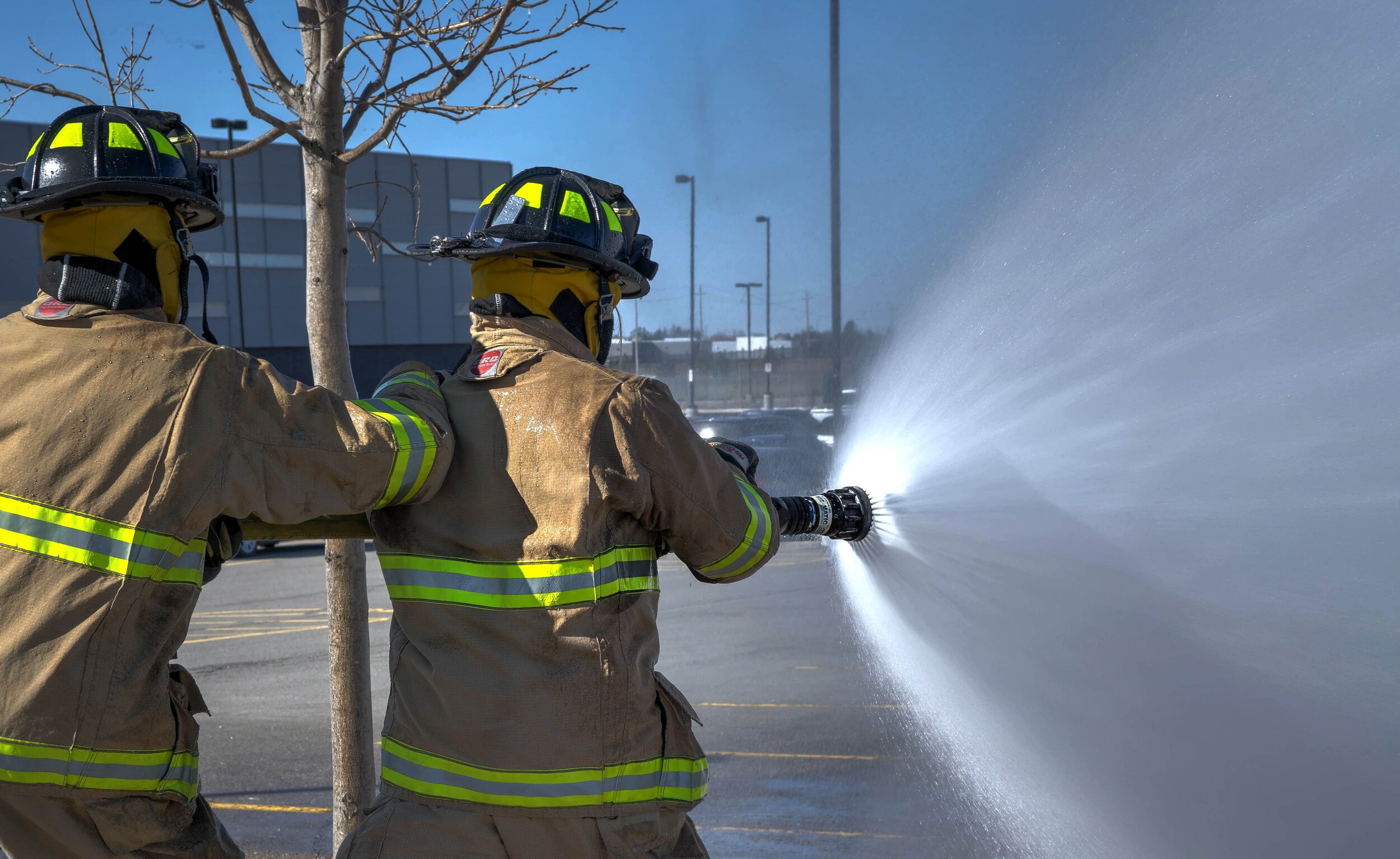Emergency Preparedness
COR Element 11 deals with Emergency Preparedness.
An accident, according to the Merriam-Webster dictionary, is “a sudden event (such as a crash) that is not planned or intended and that causes damage or injury”. The accident may lead to an emergency, which is defined as “an unforeseen combination of circumstances or the resulting state that calls for immediate action”.
It is important for every organization to have plans in-place that describe the steps to be taken when an emergency is declared. In the construction business, many accidents have the capability to evolve into an emergency. The identification of the risks that can transform into an emergency is a critical step in any valid health and safety program.
It is mandatory to provide the proper training required for your employees to respond to an emergency. Your safe job procedures will need to identify all equipment required to be in-place, to help mitigate and/or control emergencies, that may occur on your site. This can include fire extinguishers, high angle rescue, confined space extraction equipment, first-aid equipment, and other devices.
The COR audit tool verifies that an organization being audited meets the implementation and use requirements of emergency preparedness plan. A COR auditor will examine and evaluate the following:
1. Documented Emergency Preparedness and Emergency Response Plans that include appropriate responses to identified hazards and address the potential for an emergency situation.
2. Clear evidence of input and required approval from relevant interested parties within the plans.
3. Well-defined roles and responsibilities of site personnel trained in emergency procedures.
4. Availability of a functional emergency communication system to warn employees of emergency situations.
5. Plans are regularly tested, and any deficiencies are documented and rectified via corrective action(s).
6. An appropriate number and type of fire extinguishers are on-site at properly marked locations.
7. An adequate number of workers are trained on the use of fire extinguishers.
8. All fire extinguishers and other emergency response equipment is regularly inspected and maintained.
9. Functional first-aid stations and/or facilities need to have adequate supplies readily available.
10. Qualified first-aid personnel are readily at all times while employees and/or contractors are on-site.
11. Provision for transporting an injured worker to a hospital or medical facility is readily available.
Does your organization have the required equipment to perform an emergency response? Does your organization have the adequate number of first aiders and supplies on site? Has management provided the required training so employees can safely evacuate from an emergency location?
Presented by Roger Belair and Jason Colucci - Approved COR Associate Auditors.

